| PRINCIPLES
OF
INTERNATIONAL BUSINESS & MARKETING SCM 950 |
|
||
|
|
| Outline A | Outline B | Outline C | Outline D | Outline E | Outline F |
.
| Class
9 |
From Blockbuster's website
|
| Class 9
Class 9 |
Flexibility "country conditions change" examples
|
| Class 9
Class 9 |
|
| Class 9
Class 9 |
|
|
|
| . | One of the things many students get frustrated
about is finding good quality information on a country or region in order
to do a "project". You can imagine this is even more critical when you
are "out in the real world" and have to source information on an area in
order to make a serious busines decision. Therefore, in order to provide
a resource to students, and to highlight where an international business
person might go to begin a search for investigating information for Country
Evaluation and Selection, we have noted the following:
There are several categories of information.
examples examples www.tradecomm.com/danish/ example www.odci.gov/cia/publications/factbook/indexgeo.html www.mofa.go.jp
examples examples examples examples
example: Yahoo categories http://dir.yahoo.com/Regional/Countries/Canada/Government/ Embassies_and_Consulates/Foreign_Embassies_and_Consulates/ |

www.infoexport.gc.ca/bilateral/tableofContent-e.asp |
The federal government web page that lists many country specific associations |
Canadian Embassies and Consulates overseas
are also a great source of info.
Many have direct email contacts and web
pages explaining information about the particular region.
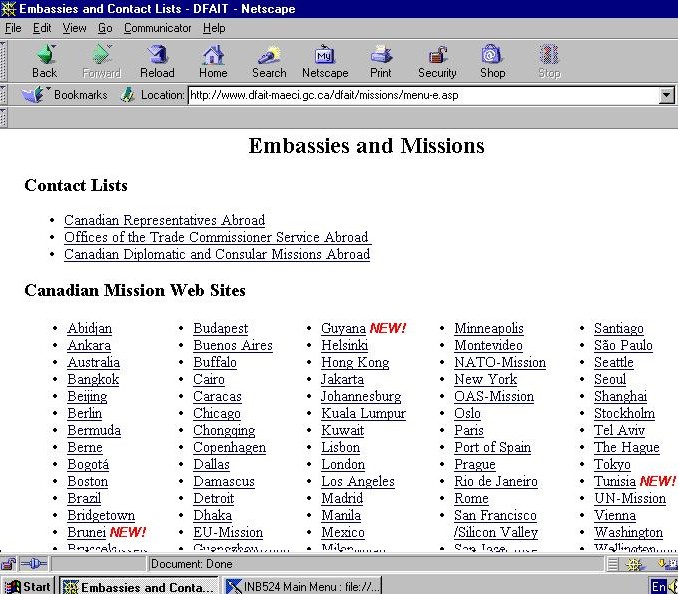
|
- a screen capture of this link is shown below |
information for Country
Evaluation and Selection
In the category of
|
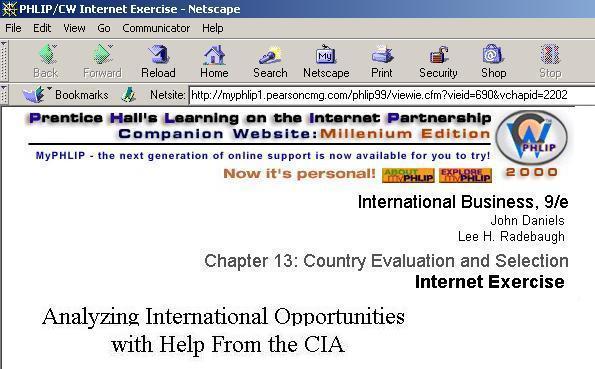

The CIA alphabetically ordered list of
countries in their "World Factbook"
Online sources include directories within
Yahoo
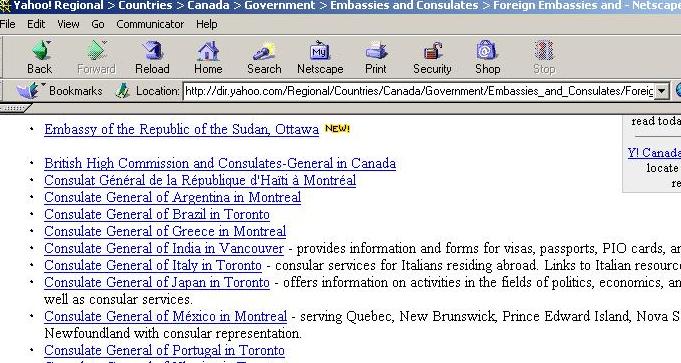
.
| Class 9
Class 9 |
|
| Class 9
Class 9 |
Case Study
"The Alfa case shows that companies can
use several types of collaborative strategies to exploit int'l opportunities.
Alfa
|

Shaw, an American company,
is the world's largest carpet maker
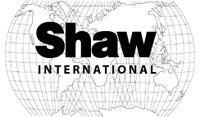
Terza (a Shaw, Alfa JV) is the largest producer of carpets and rugs in Mexico and Latin America.  |
In addition to the textbook information
on Alfa, checks with some search engines turns up several other descriptions
of collaborative strategies that Alfa has
Alfa also has a relationship with a U.S.
rug mfg.
"In addition to its U.S. operations, Shaw
Industries maintains a manufacturing presence in Mexico. In
June 1994, in conjunction with Grupo Industrial Alfa, S.A.de C.V., Shaw
Industries established a joint
So, sometimes Alfa makes an alliance for
its strategic purposes, and sometimes, as in the case of Shaw, it ends
up in an alliance because it is sought out by a company looking for a strong
local partner. The relationship not only benefited Alfa, but also turned
Shaw into the largest carpet maker in the world.
|
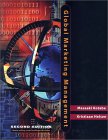 |
|
| Class 10
Class 10 |
Ways to get involved in International
Business or Different Modes of Entry
this is a list of the modes of entry that involve collaborative arrangements
|
| Class 10
Collaborative
Class 10
Collaborative
|
Types of collaborative relationships
|
| Class 10
Motives for Collaborative Relationships Class 10 |
Motives and Reasons for collaboration
|
 |
|
|

Chpt 11 |
Product Development
from standard marketing theory
1. Idea Generation - thinking about it page 360
2. Screening page 361
3. Idea Evaluation / Concept Testing page 367
4. Development of Product
5. Commercialization / Launch
|

Chpt 11 |
Standardization Versus Globalization
5 things favour a globalized product strategy text page 352
1. common customer needs
2. global customers
3. scale economies
4. time to market
5. regional marketing agreements
|
 |
|
|

Chpt 12 |
Brand Equity
http://people.senecac.on.ca/tim.richardson/MRK106/outline106a.htm |
Chpt 12
Global Branding Strategies
Product Piracy
Country of Origin Stereotypes
Global Marketing of Services